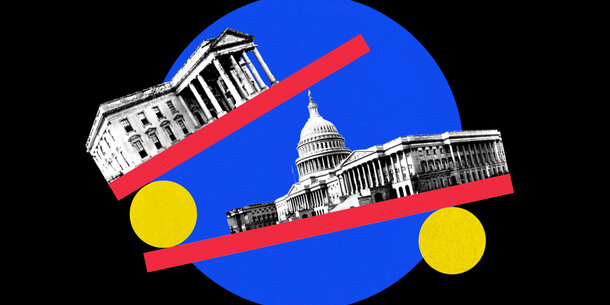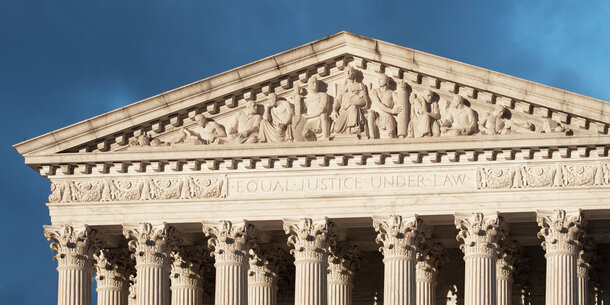This will be the first full Supreme Court term with a conservative supermajority. While opinions have trickled out over the course of the year, June is when the Court tends to issue its biggest decisions, and this year will be no different.
With the leaked draft opinion in Dobbs v. Jackson Women’s Health Organization, the Supreme Court appears poised to overrule Roe v. Wade — and nearly 50 years of precedent — slamming the door on protecting abortion rights under the federal Constitution. It is hard to overstate the draft opinion’s radicalism: it overrules a long-established constitutional right, indicates that doing so is analogous to overruling Plessy v. Ferguson and legalized segregation, and looks to historical practice in a way that makes many other fundamental rights vulnerable, including marriage equality and birth control.
Should a version of the leaked opinion become law, it will be possible because of the Court’s new 6–3 conservative supermajority. Without the need to win over “swing” justices, the conservative wing of the Court has little incentive to moderate its positions or embrace an incremental approach to legal change, much less look for ways to engage with the other side or avoid reaching divisive questions.
The leaked opinion makes clear that the future of reproductive rights is squarely in the Court’s sights. But Dobbs is not likely to be the only case where the Court upsets long-standing doctrine or radically alters government power, from regulating guns to tackling global warming. Among the many significant matters on the Court’s docket, we highlight three additional cases to watch where the Court’s supercharged conservative wing is likely to issue transformative rulings.
Two cases take aim at states’ policymaking ability. One is New York State Rifle and Pistol Association v. Bruen, which could gut limitations on who can carry concealed handguns. The other is Carson v. Makin, a school funding case that might finally allow conservatives to achieve a long-sought goal: mandated taxpayer funding for religious schools on the same terms as private schools. In a third case, West Virginia v. Environmental Protection Agency, the Court will consider the scope of the EPA’s power to address climate change. The decision in that case could substantially limit not only the EPA’s regulatory authority but also create new hurdles for the entire administrative state.
How the Court approaches these and other cases will be an early test of how much and how quickly its new supermajority intends to flex its muscles to reshape American law and society.





